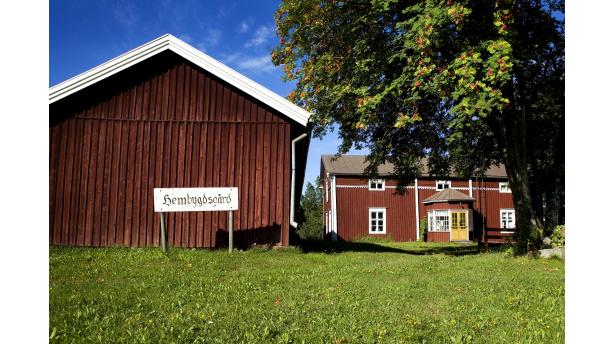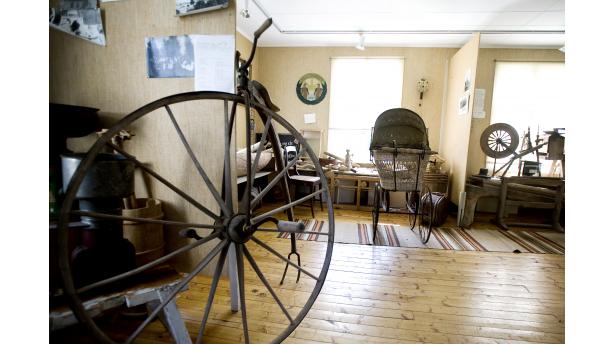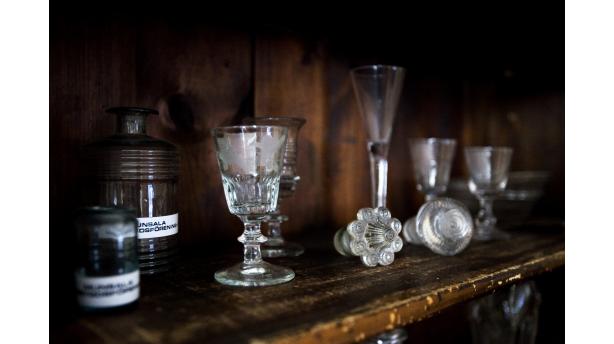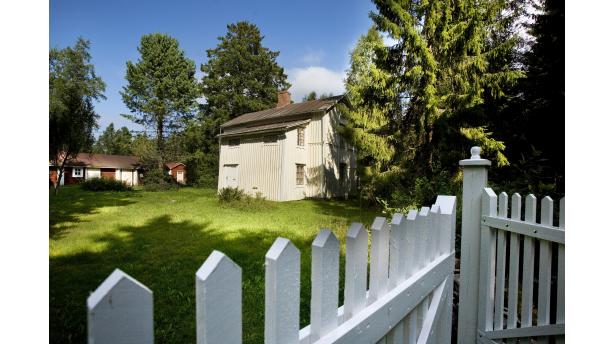Museum A-Ö » For children and the childlike » Munsala Museum and childhood home of Maria Castrén at Tunnholmen
Munsala Museum and childhood home of Maria Castrén at Tunnholmen




Did you know...
In the museum can be seen the first “computer” of Munsala dating back to the 18th century: a machine used in clock making, which counts the cogs of a cogwheel in a clockwork.
The Munsala house used to be a guesthouse and a centre for the people travelling along the coast. Here you can familiarize yourself with the everyday life of the 19th century peasant class with the help of over 2 200 items obtained from the region. At the museum are arranged for instance a mid-summer festival, antiquity tours, folk dance and much more.
The Munsala house has an unusual usage history. The courtyard was paved, which was rare in the countryside, and the long house across the yard with its places for horses indicates, that the estate was more than just an ordinary farmstead. In the beginning of the 18th century it namely served as a guesthouse and an overnighting location for travelers. It is possible, that there was a guesthouse on the property already in the 1650s, but that is difficult to prove, as the building was demolished long ago. The main building was built at the end of the 19th century and at the same time the estate was given a new function, when sea captain Jean “Kocko” Kerrman began to practice small-scale village trade there. Miss Kerrman held a post-office in the chamber of the building at the same time.The items in the museum recount life in the 19th century and the importance of agriculture and fishing as the sources of livelihood in the region. Here can be seen for example 19th century glass originating from the Sandnäs glassworks, tools and the blade of a spinning wheel all the way from the 18th century, as well as the gift of a seaman: a nicotine devil (Nikotindjävuln in Swedish) i.e. a pipe formed like a small animal at the other end. The boat planer from the year 1688 is one of the oldest objects in the museum. The weapon trunk preserved in the museum was left in the guesthouse, when the Swedish commander-in-chief of the Finnish army, general Klingspor, overnighted in the vicarage during the war of 1808-1809. The Swedish troops retreated in front of the Russians to Ostrobothnia in deep snow and harsh freeze, and the Munsala guesthouse was probably a welcomed and warm lay-by.
In addition to the estate the Munsala Museum consists of a loan magazine next to the church and the childhood home of Maria Castrén in Tunnholmen. There is an original furnishing in the home of Maria and Amanda Castrén dating back to the 1880s. The furniture, the fabrics, the china, the photographs and the old square piano originate from the period, when the gentry from the Domarbacken, Udden and Vexala glassworks came to socialize and sing in the beautiful seaside surrounding. Maria Castrén (1871-1969) was a song and music lecturer in the Nykarleby seminar as well as the organist of the Nykarleby church. She was granted the director musices honorary title in 1950. Maria Castrén was, however, not interested in music alone: she was for altogether 27 years the first and only woman in the Nykarleby city council.
The mid-summer festival is one of the high points of the summer, when the villagers and the summer guests gather together to socialize in the beautiful surrounding. A maypole is usually erected in the courtyard, and singing and dancing are in the programme. Regional festivities with music, folk dance, theatre presentations, antiquity tours and culture trips are arranged at the museum. The association can upon request organize catering in the café of the house across the yard. Various exhibitions take place at the museum and loan magazine. Time travels are arranged at the end of the summer in Tunnholmen, but they can also be set up upon request. The children’s favourite item is the Noisy Village partition, which consists of a playground.



